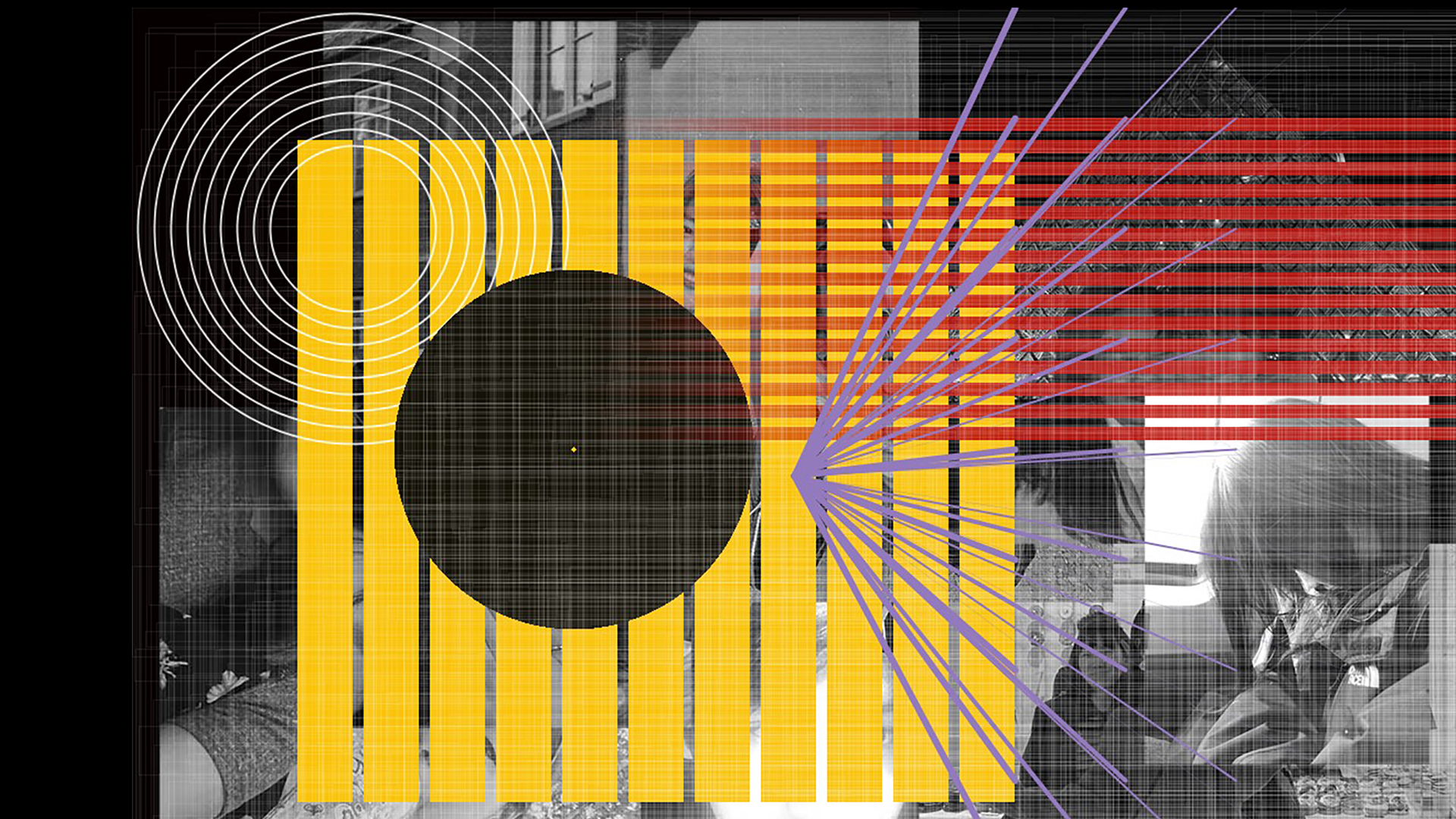Be Careful
While enjoying the convenience brought by big data, people also face the risk of personal privacy data leakage. I hope that through my work, I can remind people to pay attention to their own network security and the problem of self-privacy protection in social activities.
produced by: Yi Zhou
Introduction
When we type in our personal information on the Internet and use it for searches, for carriers, every kind of online privacy you have is visible. Carriers can use big data analysis to figure out who you are based on your browsing history, and then send you the relevant advertising message based on your personal preferences. Operators can also sell your personal information for a profit. The photos can be used to analyze and investigate our lives when we share our daily lives on social media or add location information. For the average user, it is impossible to completely hide behind the Internet. Internet has brought a lot of convenience to my life and enriched our life, but at the same time, we should also pay attention to our security and privacy.
Concept and background research
So how much control does the Internet have over personal privacy? British artist James Bridle used algorithms to build an information system that would perform immediately after computers and projectors were ready in the exhibition hall: when visitors entered relevant personal information, the system would quickly calculate their geographical coordinates, visited web pages and household registration information... And then one by one projected onto the wall. This reminds me that I want to make some works to tell people to pay attention to their privacy on the Internet.
My inspiration came from an article about online privacy. How can we talk about absolute privacy when our minds are influenced by social networks? Many times we even forget to protect our privacy. Much of Aram Bartholl's work revolves around contemporary Internet issues. Linkedin, the world's biggest professional networking site, was hacked in 2012, losing all its users' data. A few months later, some of the cracked passwords were made public online. Faced with such a major privacy breach, artist Aram Bartholl was quick to respond: the personal passwords of his nearly 4.7 million users have been printed into eight books in which viewers can even find their own personal information.
Through the research, I got inspiration from these artists' works. Also I was inspired by some visual elements. In an effort to counter Facebook's unauthorized use of online facial recognition technology, Canadian artist Douglas Coupland took a series of black-and-white portraits and used geometric color blocks to mask the faces of models to conceal their true identities.
Technical
Processing, Photoshop.
































































